Story and visual influences on The X-Files : Season 2
– Season 2 [1994-1995] –
2X01: Little Green Men
– Close Encounters of the Third Kind (Steven Spielberg, 1977)
After the alien abduction scene in 1X04: Conduit, this episode adds orange, red and blue lights to the long lists of visual elements taken from “Close Encounters”! Samantha’s abduction scene became iconic for the series.
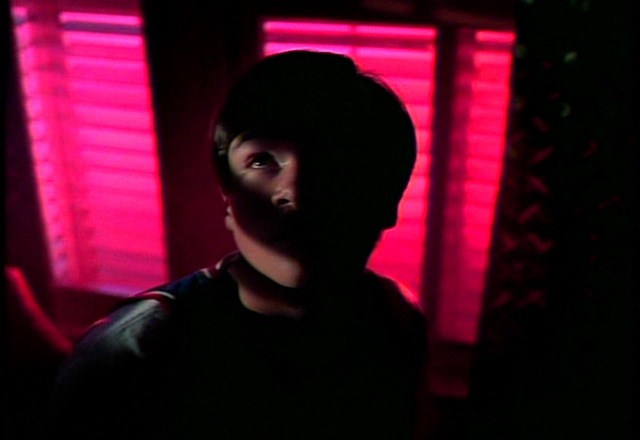 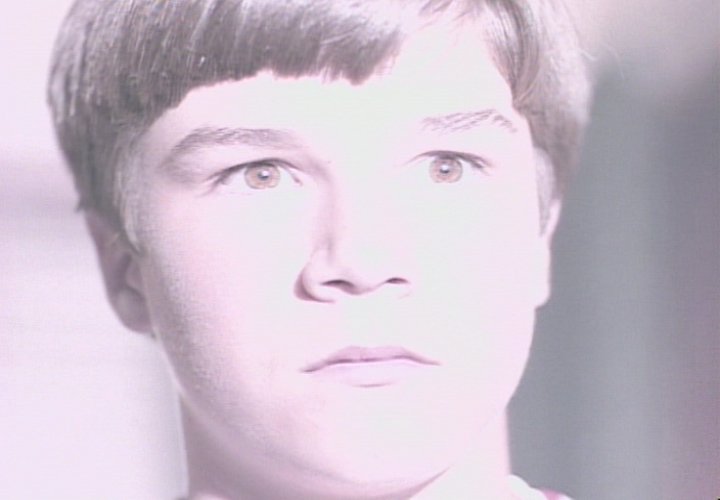 |
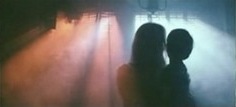 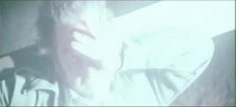 |
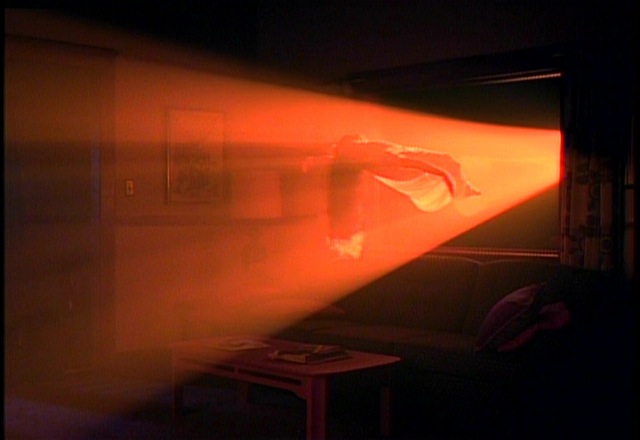 |
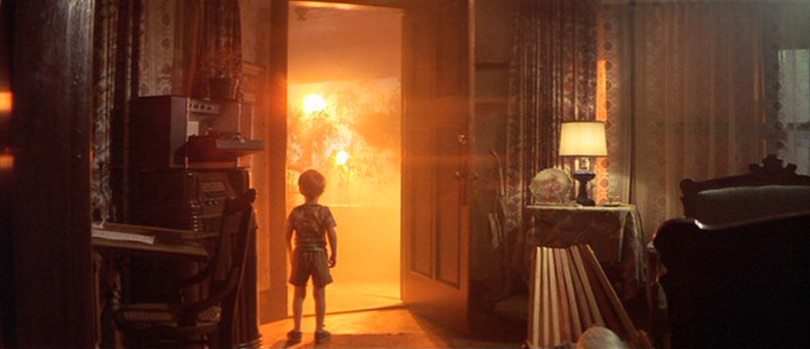 |
2X03: Blood
– They Live (John Carpenter, 1988)
A pair of sunglasses allow the hero of this Carpenter movie to discover the hidden reality behind newspapers, advertisements, billboards and slogans: brainwashing and soothing consumerist propaganda. In this episode, a chemical makes people interpret signals from electronic devices differently, and puts them on the receiving end of brainwashing imperatives.
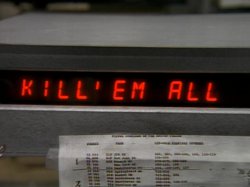 |
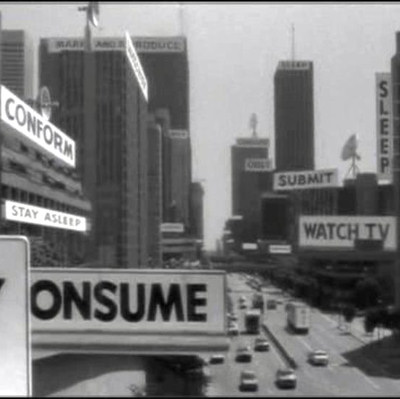 |
2X05: Duane Barry
– One Flew Over the Cuckoo’s Nest (Milos Forman, 1975)
According to the Olde Intranets sites (better source needed!), a sign at Duane Barry’s treatment center which read “Please line up quietly” was specifically requested by Chris Carter as a tribute to “One Flew Over the Cuckoo’s Nest” (and held up production when the original sign was discovered to be incorrectly worded and a new sign had to be fashioned).
– Fire in the Sky (Robert Lieberman, 1993)
There were a great many alien abduction films and staged recreations in the era right before or during the X-Files, ever since the landmark “Close Encounters of the Third Kind” in 1977, and The X-Files could have been influenced by any of them. However, “Fire in the Sky” stands out in particular because of its atmosphere, and several Ten Thirteen connections. Released in 1993, it is an adaptation of “The Walton Experience“, Travis Walton’s telling of his own alleged alien abduction experience in 1975. Walton’s story became one of the best known alien abduction stories in UFO circles; the film version differs greatly from Walton’s account, focusing in particular more on the body horror aspects rather than the awe of being inside an alien ship. Carter could have been inspired by some elements here to create his own abduction scenes: sharp light/dark contrasts, medical examination tables, even alien examination needles that protract and protract again as they approach the immobilized terrified victim, like with Duane Barry. The painful abduction scenes can be viewed on YouTube (here and here). See also 8X02: Without.
 |
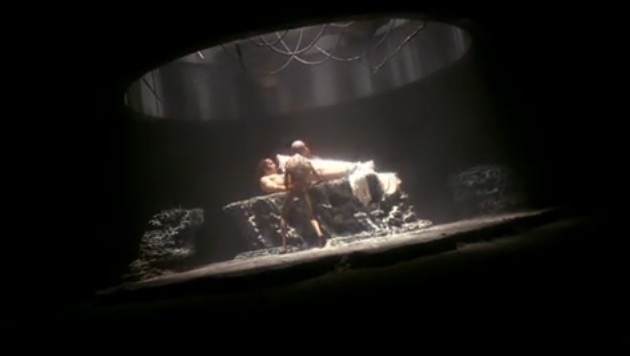 |
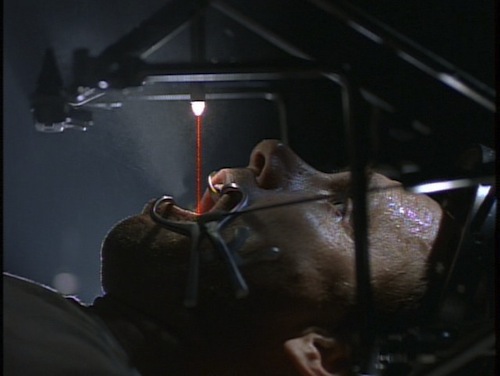 |
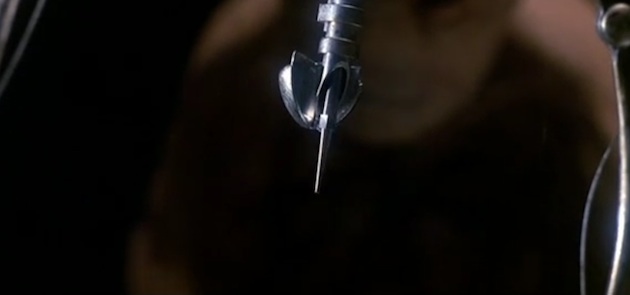 |
“Fire in the Sky” starred D.B. Sweeney as the aductee Walton; Sweeney went on to become the co-star of Carter’s Harsh Realm six years later. It also starred Robert Patrick, whom Carter brought along to play John Doggett in The X-Files seven years later. Its director Robert Lieberman later directed the season 7 episode 7X04: Rush.
2X06: Ascension
– Moonraker (Lewis Gilbert, 1979)
Mulder’s iconic climb of Skyland Mountain is reminiscent of James Bond’s (Roger Moore) ascension of Sugarloaf Mountain next to Rio de Janeiro. Mulder and Bond have to dramatically exit their cable car, as Mulder’s was stopped by Krycek and Bond’s is attacked by Jaws.
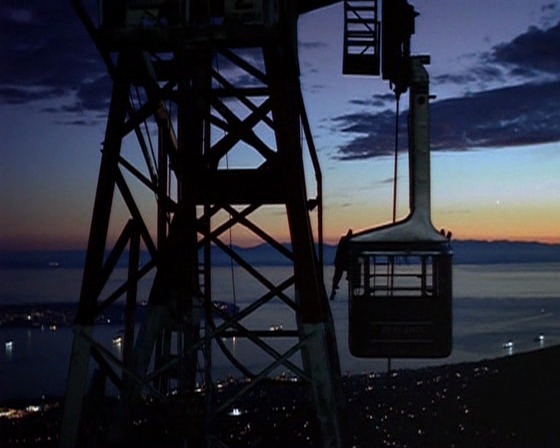 |
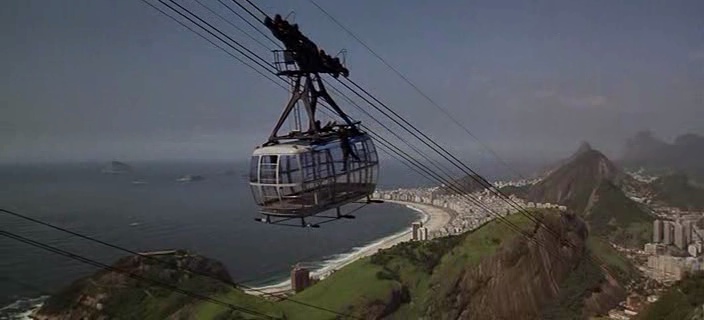 |
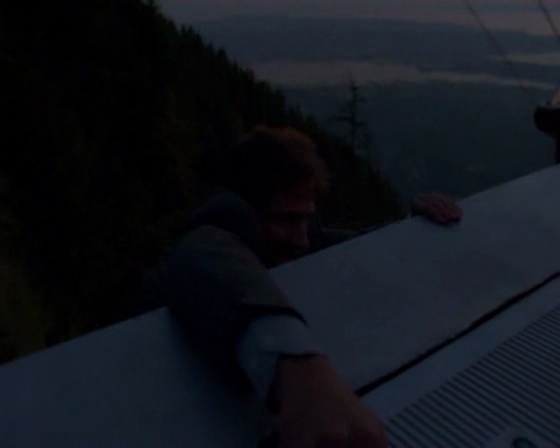 |
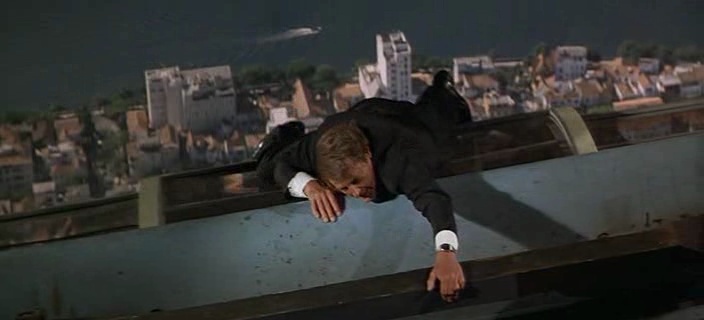 |
2X10: Red Museum
– Psycho (Alfred Hitchcock, 1960)
The way the peeping Tom is shown in this episode is reminiscent of the one in Hitchcock’s legendary film: peeping through a hole in the wall.
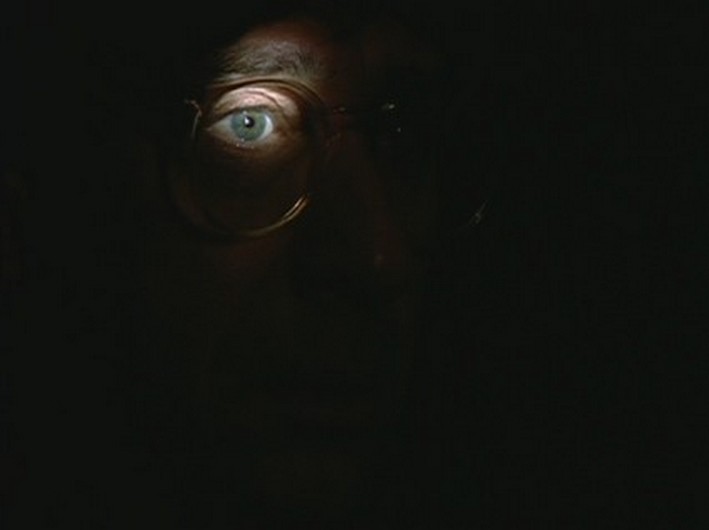 |
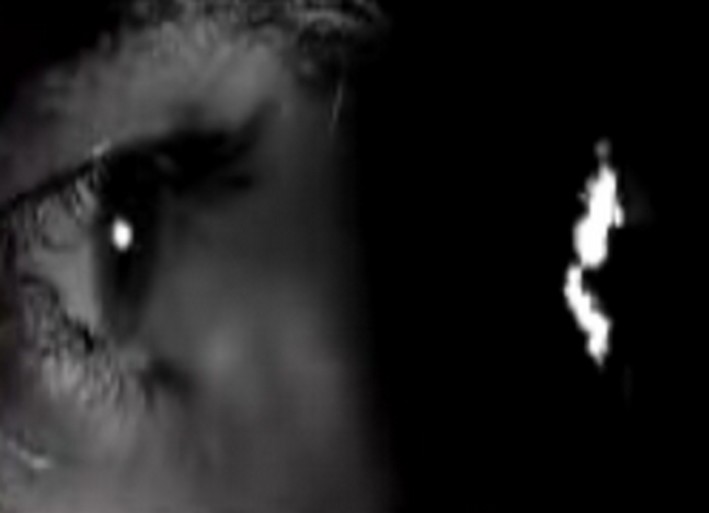 |
2X11: Exelsius Dei
– The Entity (Sidney J. Furie, 1982)
This horror film follows a woman that is continuously stalked and raped by a supernatural entity (an incubus). This episode’s teaser, where the nurse (Teryl Rothery) is harrassed and raped by an invisible appearance, is similar to that film.
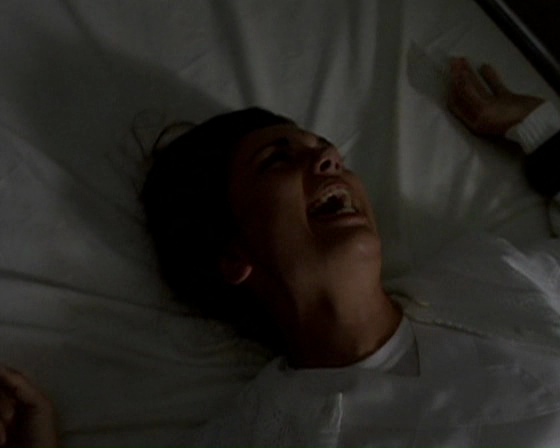 |
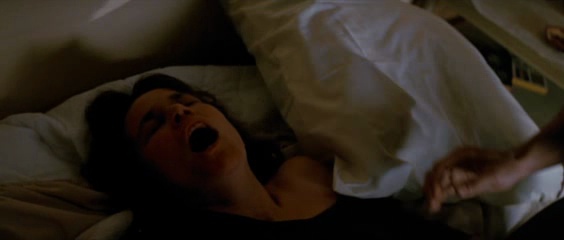 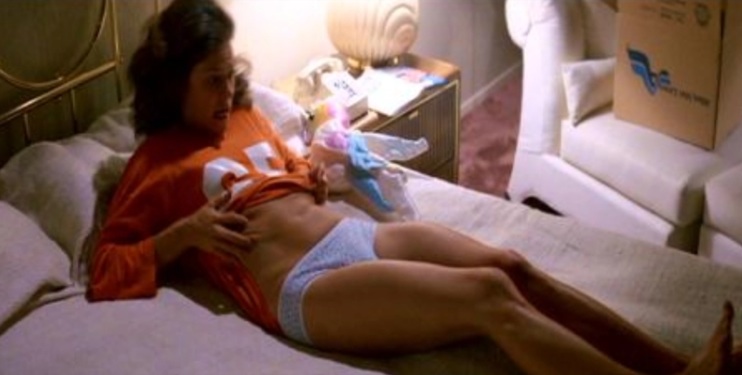 |
See also: 1X05: Shadows.
– Cocoon (Ron Howard, 1985)
Some aspects of this episode are quite similar to “Cocoon”, a science fiction movie that presented a group of elderly people being healed and rejuvenated by an alien presence and becoming progressively unfit for the old peoples’ home they live in. In the episode, the mushrooms the elderly are given gives them artistic creativity, the ability to see ghosts, or allows them project their spirits outside their bodies.
2X15: Fresh Bones
– The Serpent and the Rainbow (Wes Craven, 1988)
These are both around Haiti mythology and zombies, so the visual similarities should be obvious. Symbols, body paintings, mummified animals, animal parts, people under the influence of drugs or being turned into zombies…
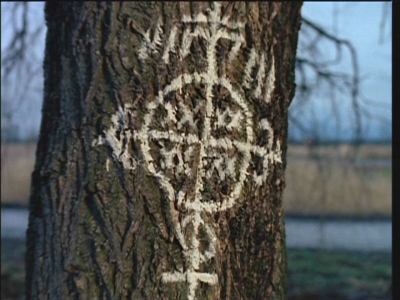 |
 |
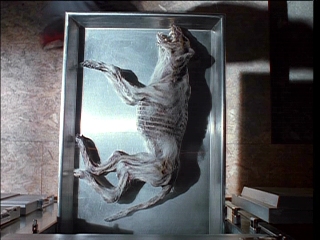 |
 |
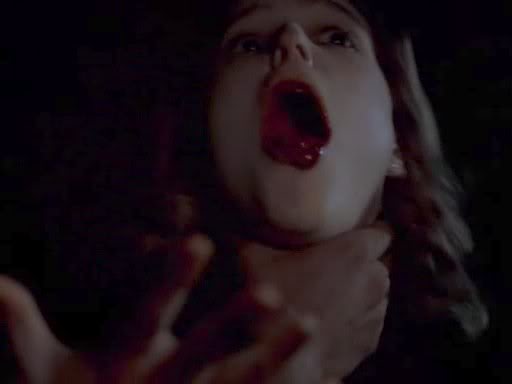 |
 |
2X16: Colony
– The Invaders (Larry Cohen, 1967-1968)
Apart from the image of the alien in a water tank reference (see 1X23: The Erlenmeyer Flask), there is another feature of the X-Files aliens or hybrids that could be traced back to “The Invaders” series (see also 1X79: Pilot and 3X24: Talitha Cumi). The aliens in this series adopted a human appearance in order to better infiltrate human societies. Moreover, when they were killed, their bodies would glow red and quickly disintegrate, leaving behind them nothing more than black ash — a good trick to prevent people like protagonist David Vincent from obtaining hard proof of their existence. This is similar to the way the hybrids in this episode (and presumably the Alien Bounty Hunter himself, as seen in 8X02: Without), when killed, disintegrate into a toxic fizzy green goo, and later presumably totally evaporate.
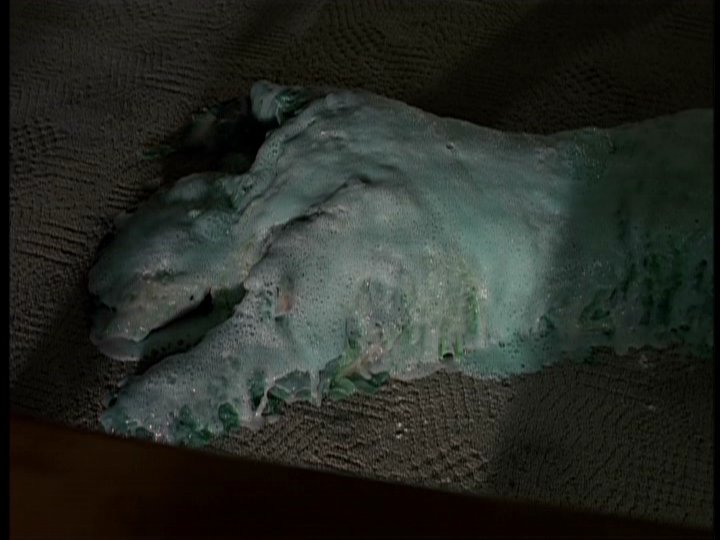 |
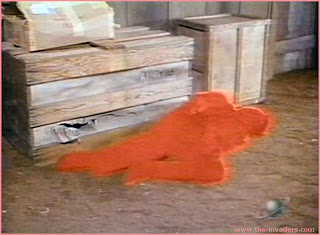 |
– The Terminator (James Cameron, 1984)
“The Terminator” was explicitly referenced during the writing process of this episode, and the casting and the photography of the final episode reflect that: the T-800 (Arnold Schwartzenegger) and the Alien Bounty Hunter (Brian Thomson) are both tall, muscular, cold characters, mechanical in their movements and efficient in their work. The Terminator wreaks havoc in a police station and sets fire to it. The Bounty Hunter kills a victim in a hospital and leaves by setting a fire. They both leave calmly as if nothing happened.
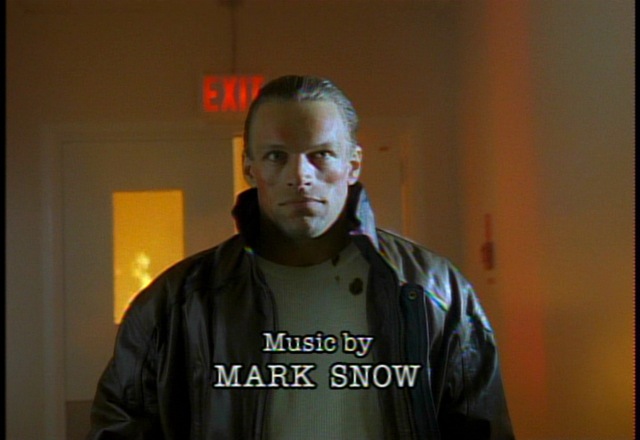 |
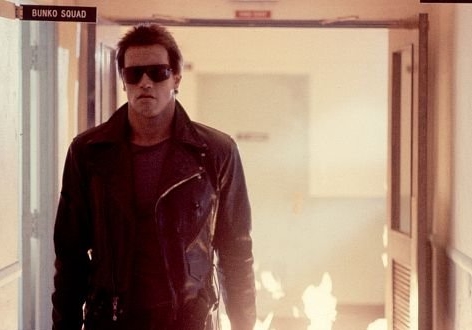 |
– The Terminator 2: Judgment Day (James Cameron, 1991)
You could say that the Alien Bounty Hunter was also inspired by “The Terminator”‘s sequel, which has a morphing Terminator machine (Robert Patrick!). Although shape-shifting aliens have been in UFO lore for a long time.
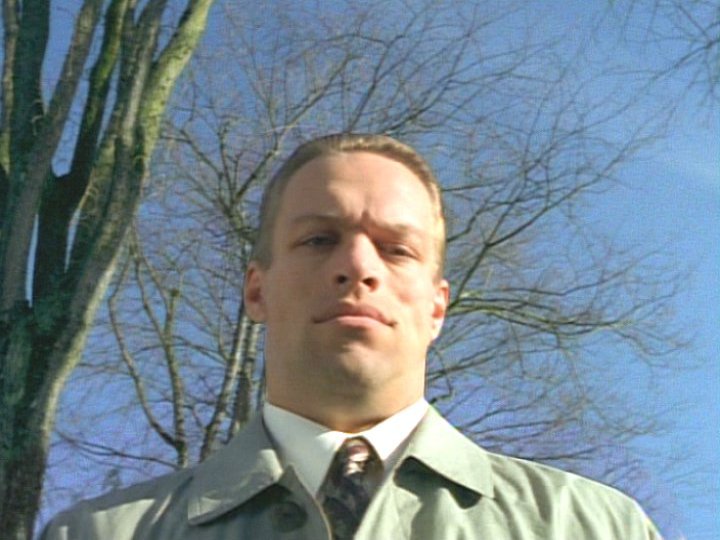 |
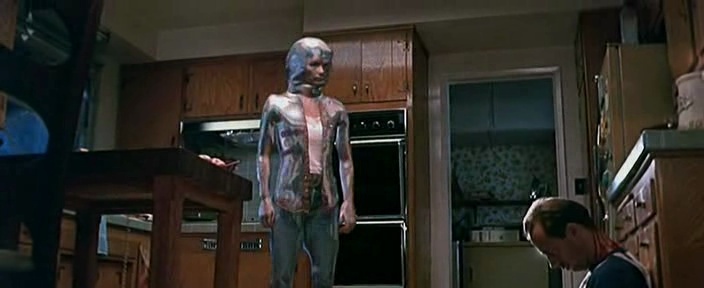 |
2X17: End Game
– Project A (Jackie Chan, 1983)
– Project A, Part II (Jackie Chan, 1983)
At the climax of the episode, Mulder is handcuffed to the Alien Bounty Hunter, who drags him around and beats him and eventually throws him out of the submarine, cutting the handcuffs’ chain by shutting the hatch over it. Frank Spotnitz mentioned in the commentary to the episode that the handcuffs scene was inspired by Jackie Chan movies: “in one of his films he has an incredible sequence where he’s handcuffed to another man and this is a very different use of that gag but I thought it would be pretty exciting if Mulder were handcuffed to the Bounty Hunter”. The film he is referring to is “Project A”, also directed by Chan, one of the most famous action/humor Hong Kong martial arts films. The tone is very different from the episode, of course. A handcuffs scene was present already in the first film, “Project A”, this time with Chan alone tied to a pole and trying to escape. The scenes can be found on YouTube: Part I, Part II.
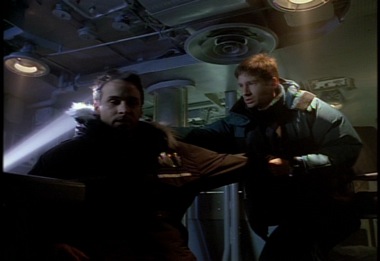 |
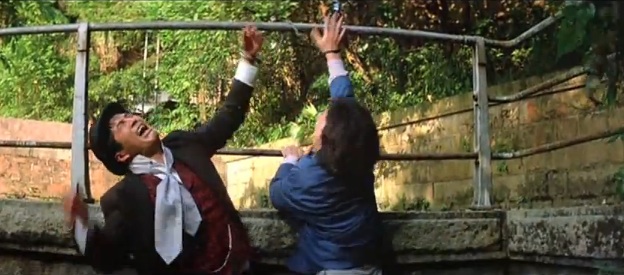 |
2X18: Fearful Symmetry
– Congo (Frank Marshall, 1995)
Even though this episode predates “Congo” (Fearful Symmetry aired in February 1995 and “Congo” was released in June 1995), “Congo” was certainly a talked-about film even before its release as it was based on the novel of the same name by Michael Crichton, the man who wrote “Jurassic Park”, which became the biggest box office success movie two years earlier (1993). Chris Carter had mentioned in interviews that what he was trying to do with XF was similar to what Crichton did: tell stories that discuss the extreme possibilities of science. “Congo” features a female gorilla, Amy, that is taught to use the sign language and who can paint, just like Sophie in the episode. Of course, real-life research in large primates languages (chimpanzees, gorillas) has been going on since the 1960s-1970s and could be another inspiration source.
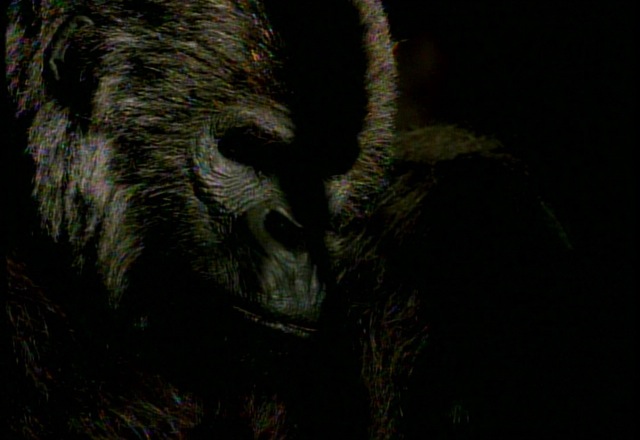 |
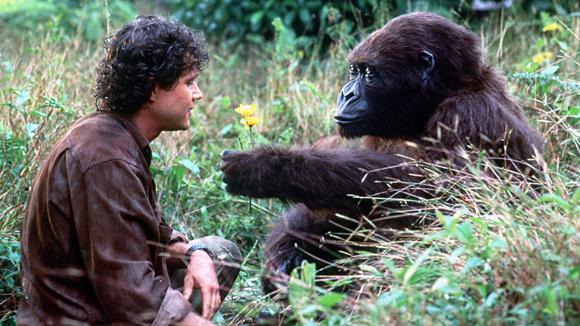 |
2X20: Humbug
– Freaks (Tod Browning, 1932)
The entire episode is a conscious homage to this movie: a moving circus, full of real freaks and geeks, usually despised by the average person because of their appearance, but as the film goes on we feel their humanity.
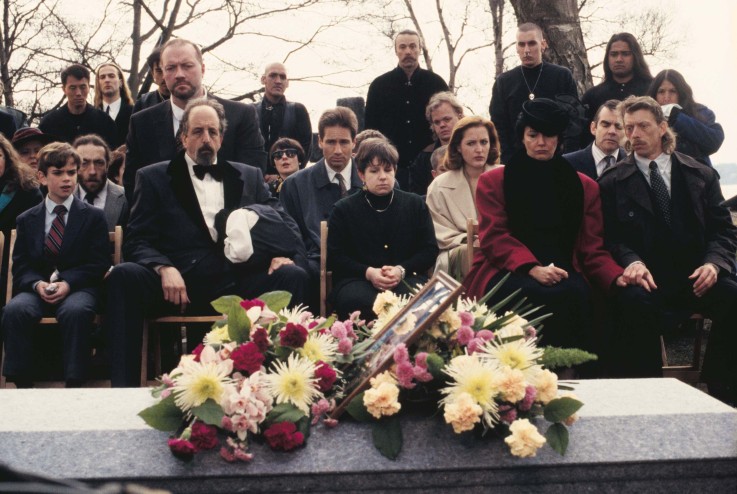 |
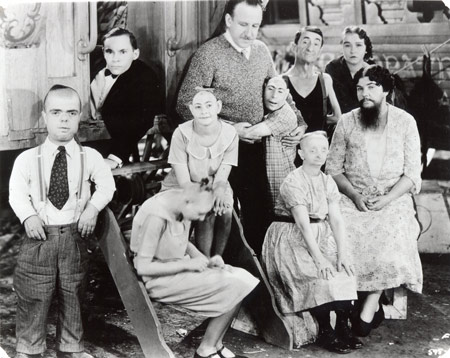 |
2X21: The Calusari
– The Other (Robert Mulligan, 1972)
This supernatural thriller also deals with twin children. A family is victim of a series of unfortunate events surrounding two twin brothers; it turns out one brother was dead all along while the other was still seeing him and accusing him of being responsible for these events. In the episode, the events that happen are attributed to the possession of the child Charlie by his long dead twin brother.
– The Exorcist (William Friedkin, 1973)
Another episode that is the XF version of a well-known film, in this case the best-known of possession films. An exorcist (film) or a group of exorcists (episode) are called to drive out a demon from the body of a young child. Religious incantations, screams, supernatural events and dramatically set shots ensue.
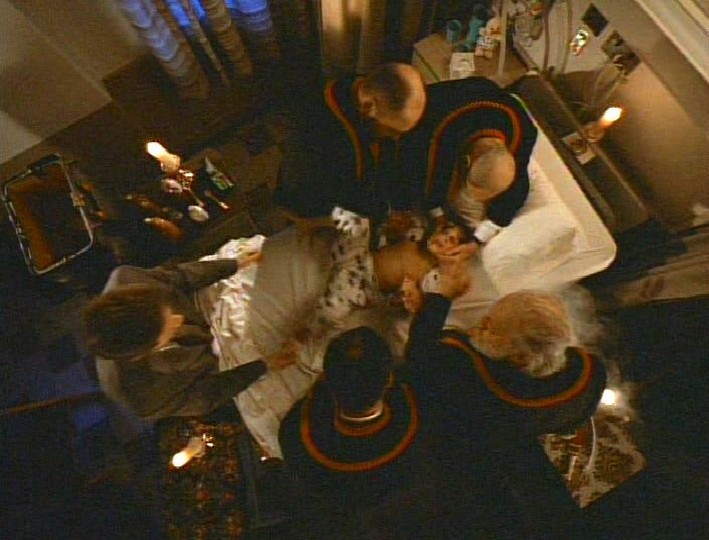 |
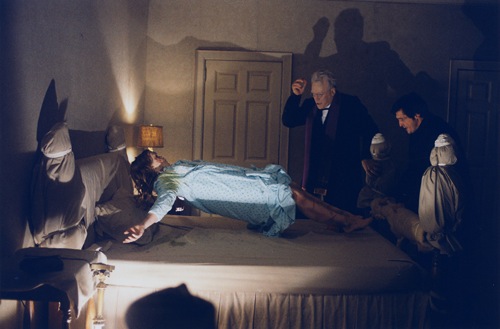 |
– The Omen (Richard Donner, 1976)
The young child is a symbol of innocence, that’s why it’s often subverted into its opposite in thrillers with children representing evil. A well-known example is “The Omen”, where a young boy is evil incarnate.
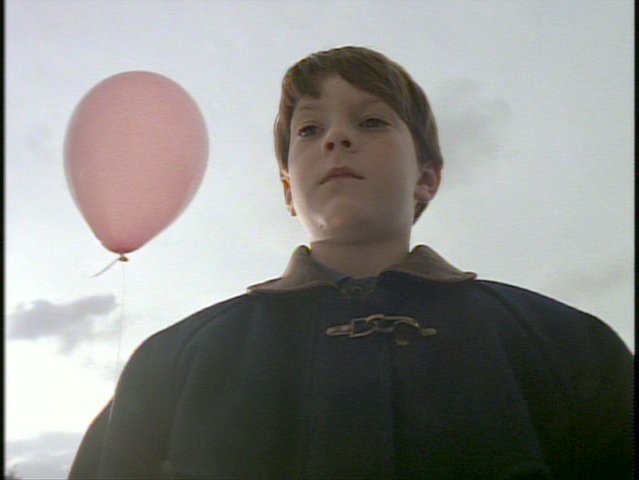 |
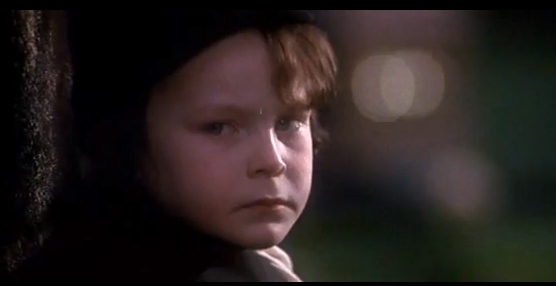 |
Continuing on “The Omen”, in the movie a photographer notices that marks in photos he’s taken hint at who the victims were going to be. In the episode, a photo is shown as proof that an invisible supernatural presence is at work.
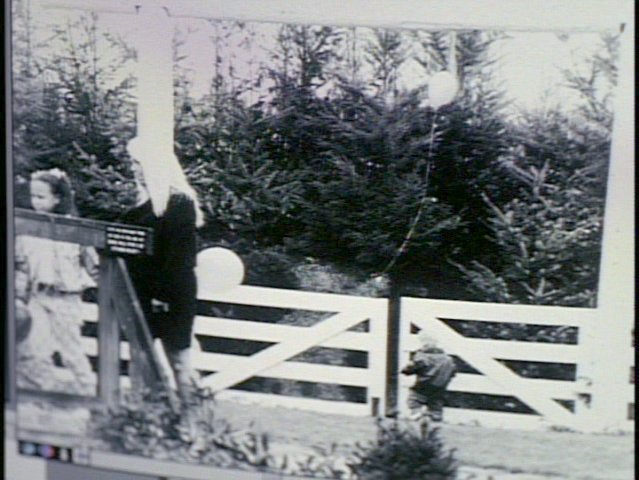 |
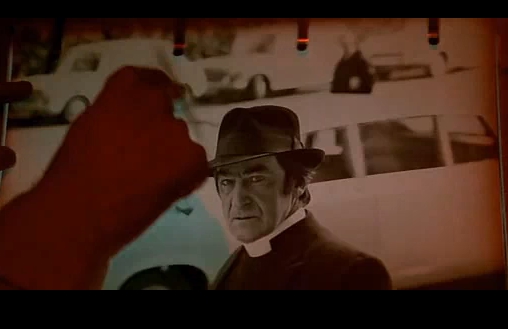 |
Good Work!
I think 2×13 have some inspirations from Psycho: some photography and the way the mad man talks.
Donnie Pfaster in “Irresistible”? He doesn’t strike me much like Norman Bates. Perhaps the of Norman Bates, yes.